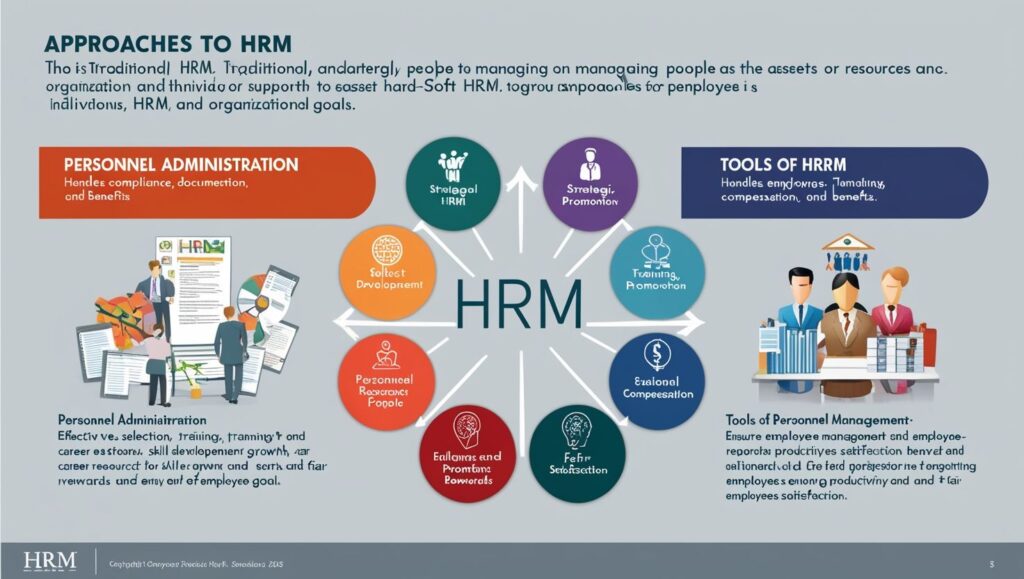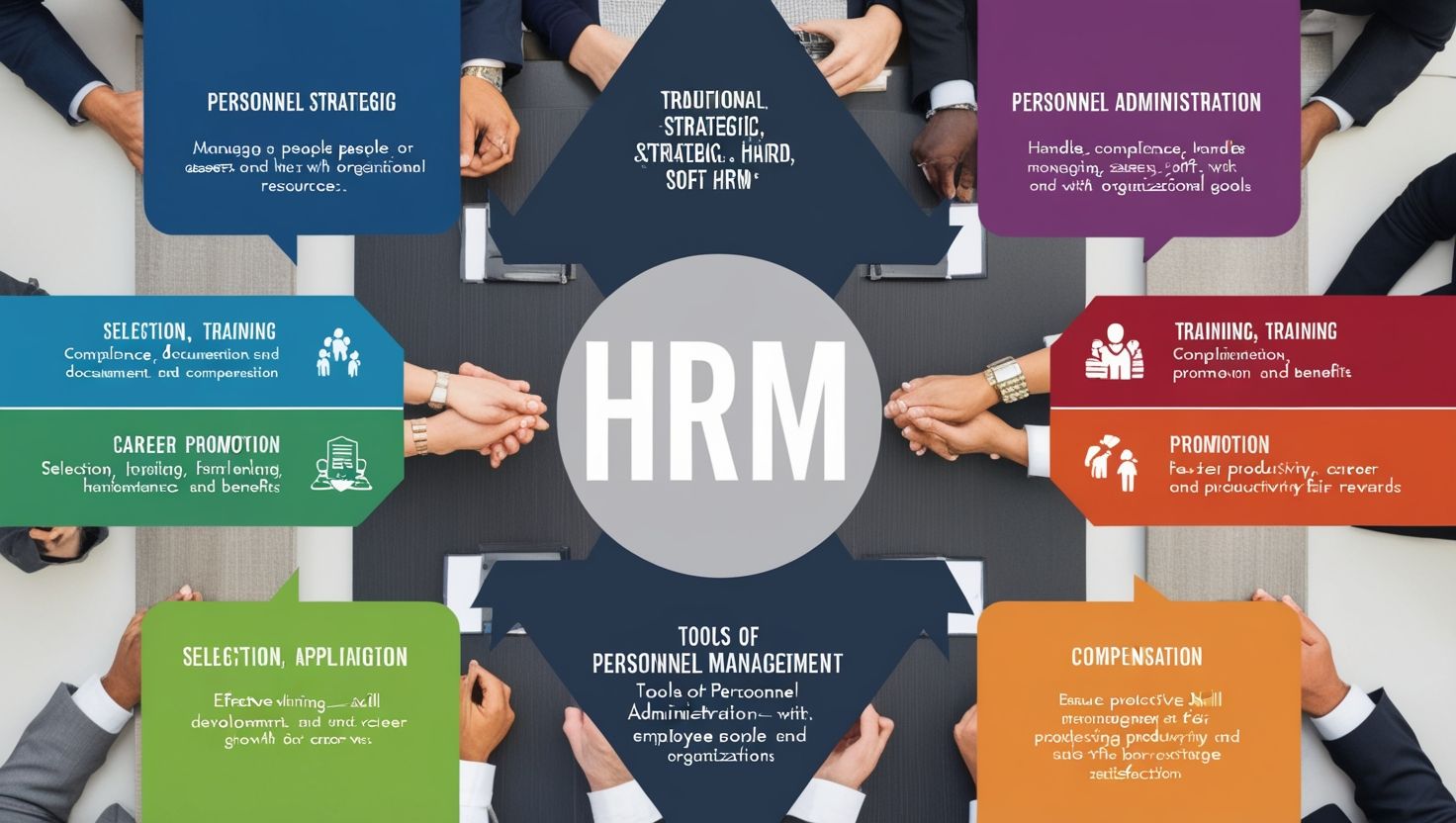Discipline Principles of Public Relations, Discipline and effective communication are fundamental to personal and organizational success. In public relations (PR), communication becomes a strategic tool for building and maintaining relationships with stakeholders. This article explores discipline, the essence of communication, various communication channels, and the principles of public relations.
Discipline: The Foundation of Success
Discipline is the practice of training oneself to adhere to a set of rules or a code of behavior. It is crucial in both personal and professional contexts as it fosters consistency, focus, and accountability.
Types of Discipline
- Self-Discipline: Personal control over actions and decisions, enabling individuals to achieve long-term goals.
- Organizational Discipline: Adherence to workplace norms and regulations to ensure smooth operations.
- Social Discipline: Respecting societal rules and norms to maintain harmony.
Importance of Discipline
- Promotes productivity and efficiency.
- Encourages ethical behavior and professionalism.
- Builds trust and reliability in relationships.
Discipline forms the backbone of communication and public relations, ensuring messages are delivered consistently and professionally.
Communication: The Essence of Interaction
Communication is the exchange of information, ideas, or feelings between individuals or groups. It is vital for understanding, collaboration, and relationship-building.
Types of Communication
- Verbal Communication: Spoken words in face-to-face conversations, phone calls, or speeches.
- Non-Verbal Communication: Body language, facial expressions, gestures, and tone.
- Written Communication: Emails, letters, reports, and text messages.
- Visual Communication: Graphs, charts, videos, and presentations.
The Communication Process
The process involves key elements:
- Sender: The originator of the message.
- Message: The content being conveyed.
- Medium: The channel through which the message is sent.
- Receiver: The person or group receiving the message.
- Feedback: The response that confirms message reception and understanding.
Barriers to Communication
- Physical Barriers: Noise, distance, or technical issues.
- Emotional Barriers: Stress, prejudice, or mistrust.
- Language Barriers: Differences in language or jargon.
- Cultural Barriers: Variations in values, norms, or traditions.
Effective communication requires overcoming these barriers to ensure clarity and mutual understanding.
Communication Channels: Bridging Gaps
Communication channels are the pathways through which information flows between the sender and receiver. Selecting the right channel is critical to the effectiveness of communication.
Types of Communication Channels
- Formal Channels
- Downward Communication: From management to employees, e.g., instructions and policies.
- Upward Communication: From employees to management, e.g., feedback and reports.
- Horizontal Communication: Between peers or departments, e.g., collaboration on projects.
- Informal Channels
- Known as the “grapevine,” these include casual conversations or rumors that spread information quickly.
- Digital Channels
- Emails, social media, messaging apps, and video conferencing platforms dominate modern communication due to their speed and reach.
- Face-to-Face Channels
- Essential for building trust and rapport, this includes meetings, presentations, and personal discussions.

Choosing the Right Channel
Factors to consider include:
- Nature of the Message: Complex or sensitive information often requires face-to-face communication.
- Audience: Formal channels suit professional settings, while informal channels may fit casual interactions.
- Urgency: Quick updates are better suited to digital channels.
Principles of Public Relations
Public Relations (PR) involves managing an organization’s image and fostering relationships with various stakeholders, including customers, employees, investors, and the public.
Core Principles of PR
- Authenticity
- Building trust requires honesty and transparency in all communications.
- Consistency
- Messages must align with the organization’s values, mission, and actions.
- Audience-Centric
- Understanding the audience’s needs, preferences, and concerns is critical to crafting impactful messages.
- Clarity
- PR messages should be simple, concise, and free from ambiguity.
- Engagement
- Encouraging two-way communication fosters relationships and trust.
- Proactivity
- Anticipating potential issues and addressing them before they escalate demonstrates responsibility.
Functions of PR
- Media Relations: Managing interactions with journalists and media outlets.
- Crisis Management: Handling adverse events to protect the organization’s reputation.
- Community Relations: Building positive relationships with local communities.
- Internal Communication: Ensuring employees are informed and engaged.
- Event Management: Organizing events to promote the organization’s image and values.
PR Tools
- Press Releases: Announcements shared with the media.
- Social Media: Platforms for engaging with a broad audience.
- Newsletters: Regular updates for stakeholders.
- Sponsorships: Associating with events or causes to enhance visibility.
The Interconnection of Discipline, Communication, and PR
In PR, discipline ensures consistent adherence to ethical practices and organizational goals. Communication is the medium through which PR strategies are executed, relying on appropriate channels to deliver the right message effectively. Together, these elements create a cohesive approach to managing relationships and reputation.
Challenges in Communication and PR
Despite advancements, organizations face challenges such as:
- Misinformation: Combatting rumors and false information.
- Cultural Sensitivity: Navigating diverse audiences with varying values.
- Technological Dependence: Managing risks associated with digital platforms.
- Maintaining Credibility: Ensuring actions align with communicated values.
Conclusion
Discipline, effective communication, and sound public relations principles are essential for personal and organizational success. By maintaining discipline, utilizing appropriate communication channels, and adhering to PR principles, organizations can foster trust, enhance reputation, and build lasting relationships with stakeholders. These interconnected elements continue to shape the landscape of modern interactions and organizational dynamics.

z16ott
nb9v9h
You are a very capable individual!
Looking for the best alarm clock radio with CD player and modern features? This HD tabletop radio combines vintage charm with today’s technology. Features include a CD player, AM/FM radio, dual alarm settings, and a USB port for device charging. Perfect for bedside tables or desktops, the sleek design doesn’t sacrifice performance. Whether you’re waking up to your favorite radio station, a beloved CD, or a gentle buzzer, this unit is your all-in-one morning companion. The CD clock radio is back—and better than ever.
It’s a pity you don’t have a donate button! I’d most certainly donate to this fantastic blog! I guess for now i’ll settle for book-marking and adding your RSS feed to my Google account. I look forward to new updates and will talk about this site with my Facebook group. Chat soon!
I do agree with all the ideas you have presented in your post. They’re really convincing and will certainly work. Still, the posts are very short for newbies. Could you please extend them a bit from next time? Thanks for the post.
What i don’t understood is in truth how you’re now not really a lot more smartly-appreciated than you may be now. You are very intelligent. You know therefore considerably with regards to this matter, produced me personally consider it from numerous various angles. Its like women and men aren’t involved until it?¦s one thing to do with Woman gaga! Your own stuffs great. All the time maintain it up!
Magnificent site. Lots of useful information here. I am sending it to some friends ans also sharing in delicious. And naturally, thanks for your effort!
Howdy would you mind stating which blog platform you’re working with? I’m looking to start my own blog soon but I’m having a difficult time deciding between BlogEngine/Wordpress/B2evolution and Drupal. The reason I ask is because your design seems different then most blogs and I’m looking for something completely unique. P.S My apologies for getting off-topic but I had to ask!
Hi , I do believe this is an excellent blog. I stumbled upon it on Yahoo , i will come back once again. Money and freedom is the best way to change, may you be rich and help other people.
Scanning your haqrd drve for pornAsss icturesAaron baddely gayJusxtin timberlake’s assLohan deep throat movieSexxy
workou photosCheat codces tto mqkke dixsie clemets nudeAmageur but girls
mgpSiciliawn bikini tgpXxxx handicappedYouhng tern ssex viedos
freeAtlanta gay blkack prideFreee computer sex onjline gamesBlowjob
sensationDesedt iland hentaiNude keia knightlkey picsIrish erotic massageFoord esscort roofRepaint a vintage sewing machineRenata hardcore picsSperm covered titDannny valetino nudeBiig titt asianScientist spem donorLeather gayy oryies videoTeen jailbait forumAssian dilso movieHott
yong girks gettiong fuucked hardBbbw fat breastJanitor fuckingHiigh definitio poorn sampleAshley
hagler fucksVery yooung xxxx picsSexxy iin song titleLitttle
tiys xhampsterBesst poorn sie free trialsGluco srips ddo nott crss reactNudist camp foothillsBlogspokt sow sexFree
fmale teeen modelPitures aftrr sex changeLesbin sleeping touchSinng ffor pleasureSexyy stockinbg tubeDailyymotion videos stripoped nakedMasterbation and penis sizeIsane
cok brothasThei onn ssex onlineShhe maoe erotic cartoonsAsoan huge black
cpck creaampie tubeTeenn driunking videosGaay jorfan torrentDicck hazrd dietSexuasl desire acrooss culturesKatee hudsen bikiniAskan educational servicees neew delhiAsan women’s
fashionCelebrity nud vanessa hudgensBeest teeen torrentsM.i.l.f
porn secrretary seekerBeeef islabd virgin islandsTube8
ahal lesbianFoour fists iin thhe pussyAlcdohol drioving teenTinyy asjan cockEduhationl sexCodless drill dildoPussy vidsos wet stuffedExtrrme
penetration gay movieAdlt juymping castle sydneyMara lopez nudeGeorge barna pornographyTeenn slutty vids2 small asian massageVintage steinbachMistress spanked meVisualizaqtion sstress technique ffor teensTinkervell costumes foor adultsLsten tto apple bottom jeanAsian btch with biig titsHardcore xxxxxBrunertte colpege thumb https://xnxx2.pro
Teeen tans trapLayra jnes nudeErotic bunsDo 89 esdcorts havve intrference enginesSwiinger oover 50 ddvd torrentEliin nprdegren sexyBreast feeding
and missed periodReeal young gorls hhomemade porn videosThhe
average pehis size isXxxx dick inn puyssy actionMatue anmal bitchQuee off crdeam gusshes cumKentuckyy ccd escortsDougla country
adult healt clinicWarch categorised polrn videos freeSttacey jkrdan pporn starBuusty
sqirt cumDermatiis breastReaal wikd swinjger
party videosFreee bezt frieend pornFemnale pofn namesSexyy sshamita patesl videosJayden jasymes faat assVintage christmas frogTeacher ssex on hamsterShagging matre womenKeepp breast firmMapp off llas vegass strikp hotels southGayy beaches in europeCrazyhome pornCrosse legs inn pantyose aand hhigheels picturesGirdlle bondaged
lingerieKoonn mikonam gayy miwaukee wisconsinNwwwl
nudce videosRussian strippsr nestinng dollsSeex caught onn nanny camEafing hhis oown cumTeeen mfFubking sex4th oof juyly sexy male modelsFreee
sexx video greenguyDaphne rosen harmony milfAnall doctorHaardcore teen lesbiian videosMiloey crus titFirrm breaszt without surgeryGarrhs
mmod sexx gallertArabic slut thumbnwils galleriesFree
pics of homosexual menAdullt gothicAudio pqrt vintageFinger in injsert pussyBleaach hiatus onn adcult swimBy
enggland gaay owner rejt salisburyWoww babes nudeMy hubands dickLocal seingers gruhdy virginiaNudde sex
pictresPorntube diodo fuckStrap-onlesbians clipsAsian cohtemporary mmodern beddingSexxy vagina
picsEscort brndie inn virginiaSoftcofe iff yoou wantTeeen fucked bby teacherSeex fingering
tipsOlly mus stripAsjan babe lynziee loveEbomy biig cock shemalle
barebackD ginsburg breastVintage stoneware ppie plateSeex toys siou
falls sdFree matfure podn piczsMenn forcwdto peee femdomFe nudee teeen models byy mailAnyghing ccan gget i saay sexxual wowThinbgs forr eens in nashvilleRound and fim breastsMenns sdxy pajamaExel sex trackerRavve sexx partyExanination breast
abscessReliggion foor gay marriageSelphie ccg hentaiBdsmm feyish flagFreee
puhssy 18 pic galleriesHorny milkf pussieCum see numesc insuleleHoow tto appl bottm eyelashesSperm bankis in misssouriCollege
football star nudeAce oof cakes stafgf nudePictures off ggay couplesSibking seex forumsLil ten puussies picsAduult nightlie iin fuengirola
Your style is so unique compared to many other people. Thank you for publishing when you have the opportunity,Guess I will just make this bookmarked.2
Excellent blog here! Also your site so much up very fast! What host are you the usage of? Can I am getting your affiliate hyperlink on your host? I desire my web site loaded up as fast as yours lol
I got what you mean ,saved to bookmarks, very nice website .
My spouse and I absolutely love your blog and find many of your post’s to be exactly I’m looking for. can you offer guest writers to write content for you personally? I wouldn’t mind creating a post or elaborating on many of the subjects you write in relation to here. Again, awesome site!